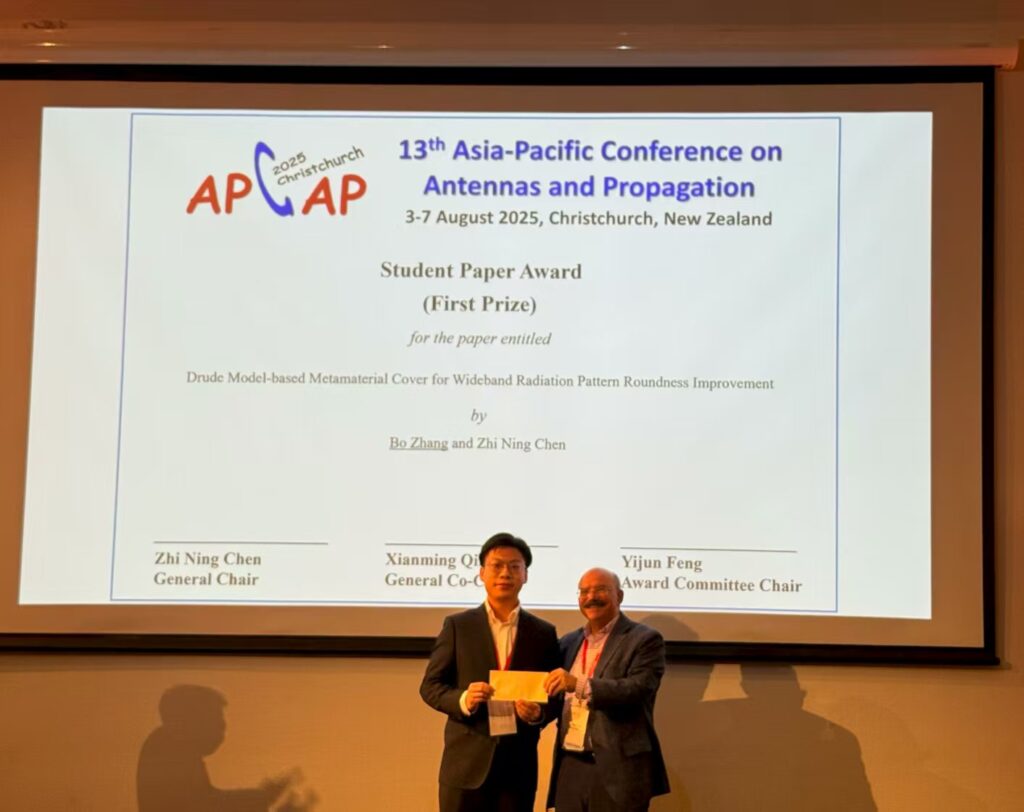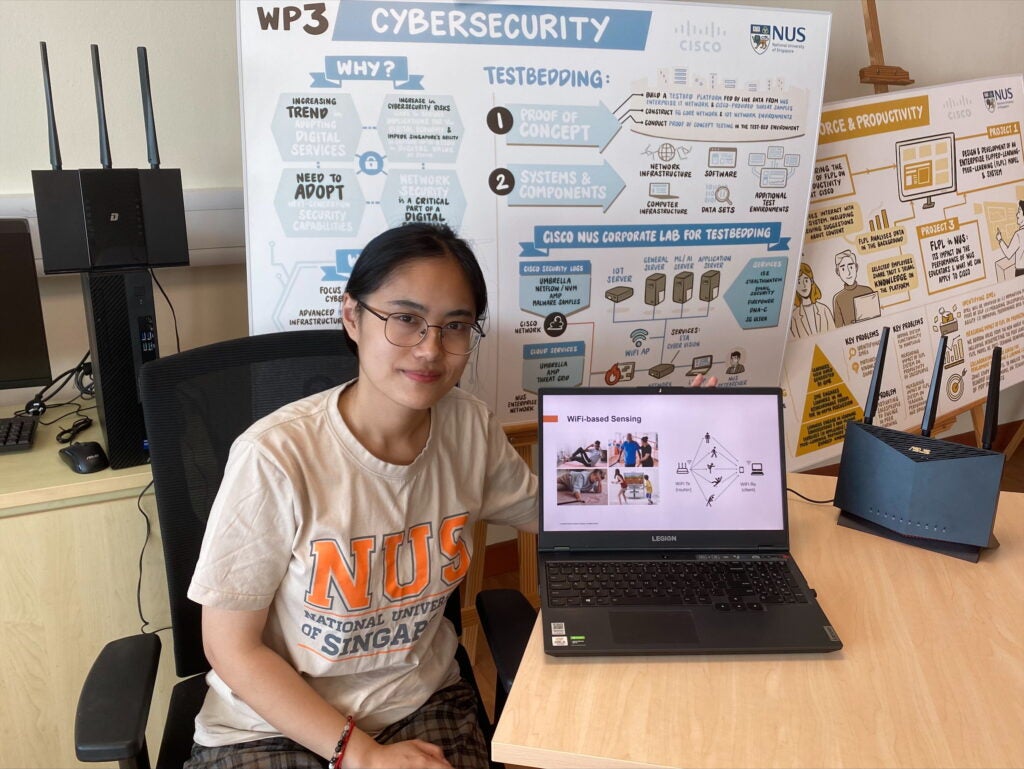A team including Dr. Marco Tomamichel from the Centre of Quantum Technology (CQT) and the Department of Electrical and Computer Engineering identify a separation in computational power between noisy quantum computers and classical computers.

The researchers have shown the first known separation in computational power between noisy quantum computers and classical computers that does not rely on assumptions about the classical hardness of the underlying problem.
The team published their findings in Nature Physics on 6 July 2020. Dr. Marco Tomamichel holds a joint appointment at CQT and the Department of Electrical and Computer Engineering at the National University of Singapore, where he is an Associate Professor. His collaborators are Sergey Bravyi from the IBM T J Watson Research Center in the United States, David Gosset from the Institute for Quantum Computing at the University of Waterloo in Canada and Robert König from the Institute for Advanced Study and Zentrum Mathematik at the Technical University of Munich in Germany.
While a universal practical quantum computer is still many decades, and millions of qubits, away, noisy intermediate-scale quantum computers – otherwise known as NISQ devices – are already here. Noise shows up as errors in the qubits arising from imperfect control and influence of their physical environment on their delicate states.
There is a push to find out where NISQ devices may have a quantum advantage over classical computers. To demonstrate quantum advantage, researchers need to show that a quantum computer can solve a given computational problem much more efficiently than a classical computer could manage.
To find out more: https://www.quantumlah.org/about/highlight/2020-07-advantage-noisy-quantum-computers





